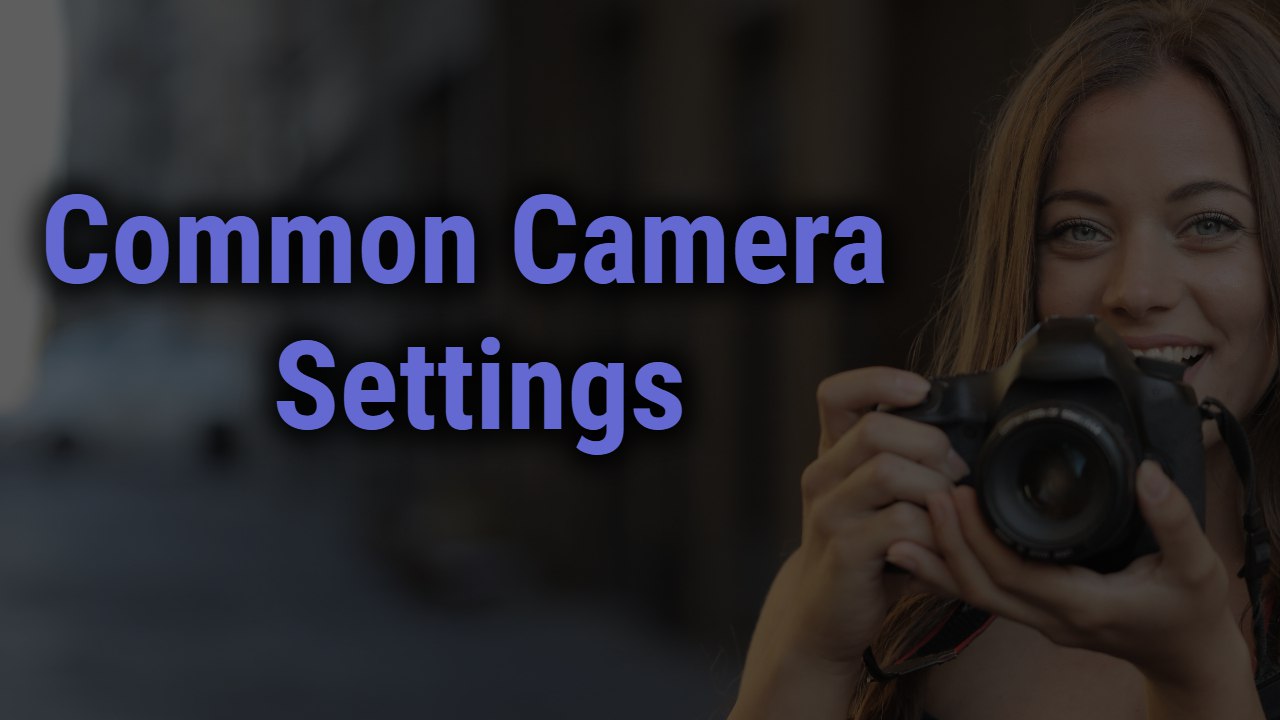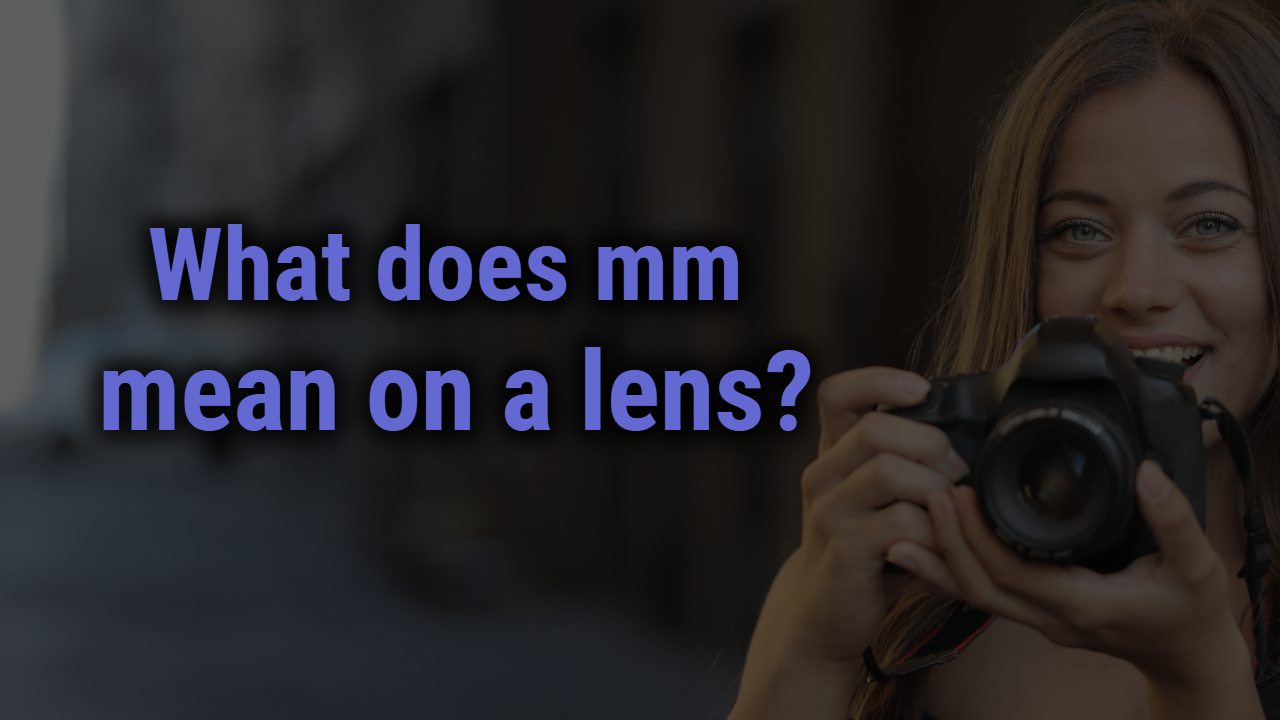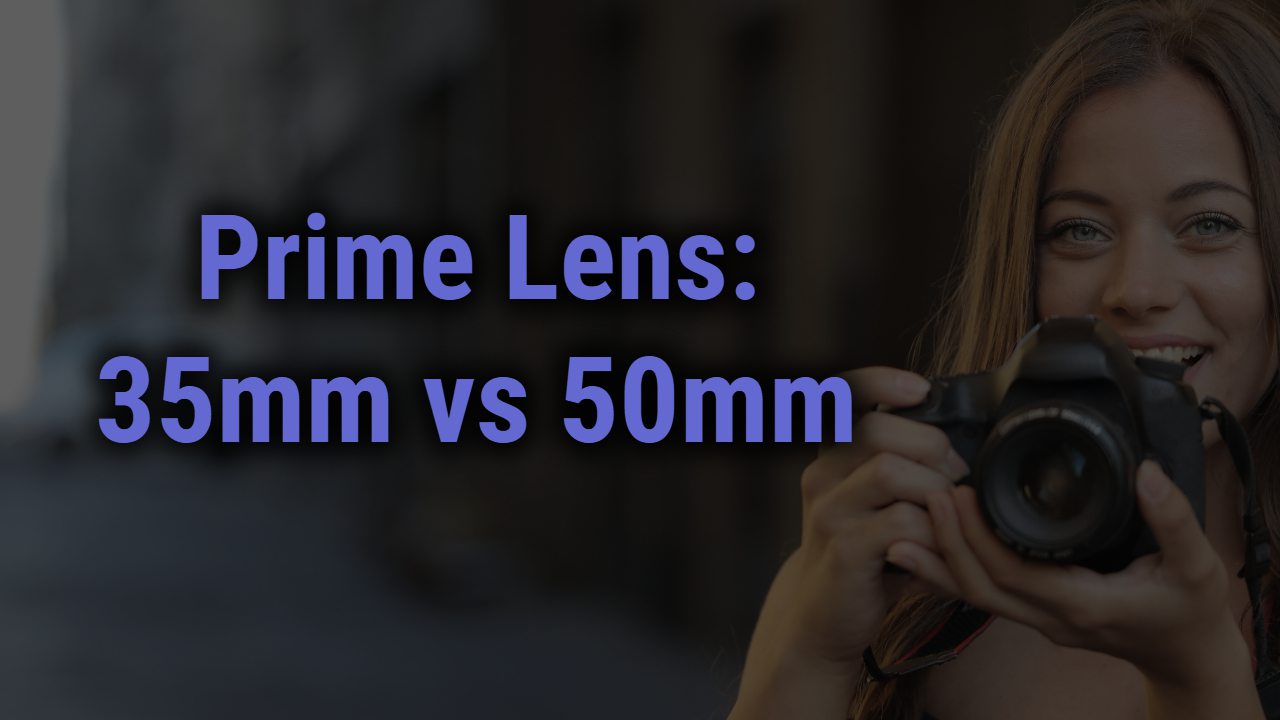Cameras are maybe one of the easiest equipment to use if you just go through the manual which you receive with the purchase. But when you want to become a photographer that leaves a mark with the photos you have captured, you will need to know how you can use your camera in a better way.
We know that some of you might be here because you recently purchased a gorgeous camera and some are planning to purchase one. This article caters to the needs of everyone including those two kinds of people. You will get information on some of the settings that you can use as a beginner photographer.
And don’t worry, with your grit and your skills you can always make better use of the settings you learn here. There’s always a personal touch that you can add to what you learn here.
There are a few things that you need to know about what matters when it comes to photography and based on that we will tell you about all the different settings that you can access on your camera as well as what they mean.
- Whenever you are capturing a picture, it is important that you notice where the focus of the shot is. If the focus is not on your subject it means that you will require to make changes in what your camera focuses on.
- You will have to look out for how much natural or artificial light there is to be captured in the picture. You can even adjust the different settings in your camera to adjust the amount of light to be captured. Again on the topic of light, you will also have to check how your camera performs and how you can capture the best shot.
- There is one more thing that you learn about the different formats in which you can capture the shots.
Usually, this is pretty much the priority setting that you will think of to do in the initial stages of you doing the photography. Without further ado, let us learn about camera settings that beginners can use easily.
This Post Contains
Camera settings for beginners
Aperture
We all know that capturing a photograph is all about finding the right light and capturing it. Have you ever clicked a selfie and adjusted the position of your phone or your pose so that the right light hits your face and you can capture a perfect selfie?
Working with the camera is similar to that but to make changes you will have to do changes in the settings of your camera. How your camera captures the light in the image comes from the settings of the aperture.
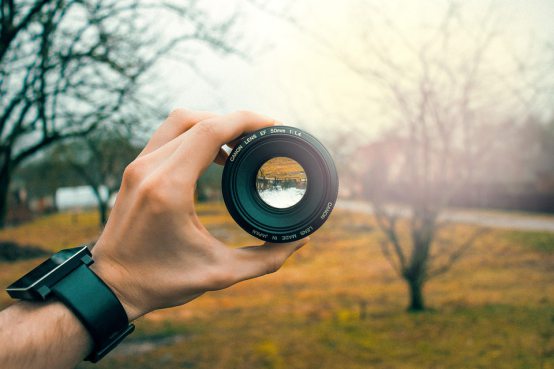
The aperture directly comes from the blades that cover your camera lens. It all depends on how much natural light you want to capture in your shot. This you can figure out while you are adjusting the shutter speed with it, you will learn more about it later.
When you adjust this aperture from your camera setting of the aperture ring, you will be able to adjust the depth of field. Aperture is usually shown in f-stops, e.g. f/1.4, f/2.8, etc.
It has a lot to do with the focus of the image and where it can be. To help you understand it simply, the camera’s aperture is quite similar to human eyes.
Aperture adjustment is squinting your eyes to focus on something and aperture is useful for the same purpose when capturing beautiful photographs
You can also look up the exposure triangle to help you figure out how you can adjust the settings of the aperture and how it will affect the other settings of your camera.
Shutter speed
It doesn’t matter which camera you are using, what matters is how you are making the best out of it. Shutter speed is something that helps you do that. Basically, it decides how fast your camera can capture the frame.
You will want to adjust the focus first and then change the shutter speed in order to get good results. This is also one of the most important settings that you can learn about if you are willing to do sports photography, car photography, or any other similar photography.
If you are using aperture to decide how much light you want in your shot then you can use shutter speed. Have you ever heard the click sound that comes whenever you click a picture? It comes from your aperture and shutter speed combined.
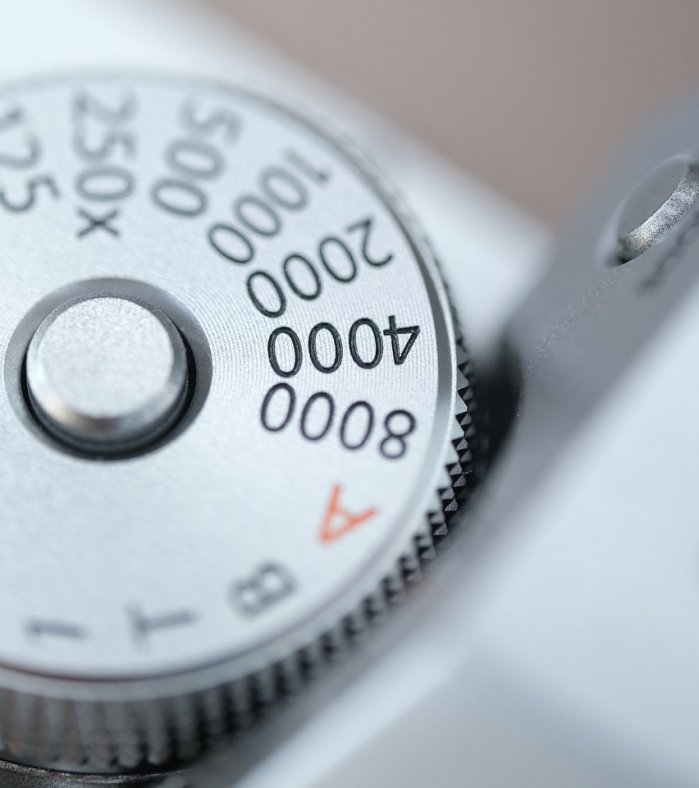
You can measure the shutter speed in a fraction of a second and you will get to change it based on your requirement.
Although, In many of the basic cameras you will not get an option to change the shutter speed as there are limits to what it has to offer. It is always wise to choose a camera that lets you do whatever changes you want to do.
Once you get to learn about these two, we are sure that managing other settings in your camera will be child’s play for you.
Again we would like to mention that you can do all the experiments that you want to do as a beginner in photography because it will definitely help you figure out your photography style.
Auto mode
There are many manual settings you can learn about in your camera but one of the things that beginners would love is auto mode. Depending on the shot that you are trying to capture, the sensor of the camera will determine what kind of settings it should be captured in.
That is the auto mode in the camera. It is usually useful for new photographers who are trying to figure out how they can capture the best shot if they are still learning about the camera settings.
Simply put you do not know anything about the camera and its settings, and you are actually letting your camera do its job automatically.
Although it is necessary to understand that you can click a good picture, there might be times when it cannot turn out to be as good as you expect it to be. Your camera is not always smart enough to click a picture that you would actually accomplish with manual settings.
ISO settings
There are so many different settings that you can barely keep track of with your camera, especially if you are a photographer in learning. But there are settings like ISO that will ensure that you are achieving the best result by doing some minimal changes.
This is one of the most essential settings from your camera that you can try and must learn. ISO is basically how your camera senses and translates the light.
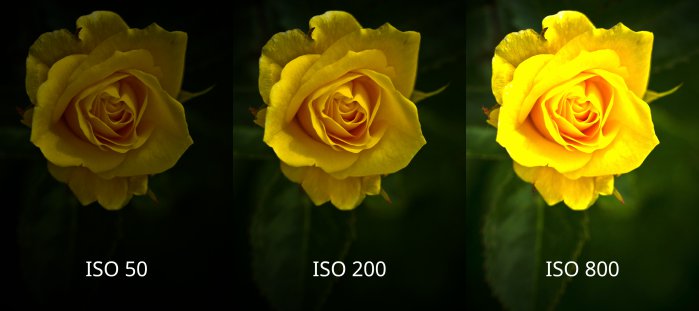
When there is a low ISO setting set on your camera, there will be low light sensitivity and when there are high settings, you will see that the light sensitivity will be high as well.
You will see that there are some ISO levels given on your camera that you can select from to ensure that you are testing out all the different setups.
What matters is that you will have to figure out a few things on your own to ensure that with help of the settings you are clicking your best shot.
Different modes
Other than that, in some cameras, you will be able to access some modes that will be suitable for the kind of image that you want to capture. For example, black and white mode.
Some photographers choose to capture the image in black and white whereas others would like to edit it after clicking the picture. It all depends on what kind of image you want to capture, and what you want to do.
Once you figure that out, you will be able to switch between the modes as per your need pretty easily.
If you have different cameras, you have to understand that these cameras might have different modes depending on the brand and type of camera. You can figure out different modes from the camera manual or by testing it out.
Final thoughts
There is actually no limit to how much you can learn when it comes to your camera and how you can use it for the better. The main thing that you can focus on is how you are adapting to your needs while you are using the camera.
This article includes almost every basic setting that all DSLR and mirrorless cameras have. All that you need to understand the particular settings is given in the article, but you can always learn more with practice.
We hope this article helps you figure out how you can use your camera in a better and more effective way if you have just treated yourself with a good camera.
If you are already a professional photographer, we are sure that this article might have reminded you of some minimal thing in your camera settings that you lost track of over time.

